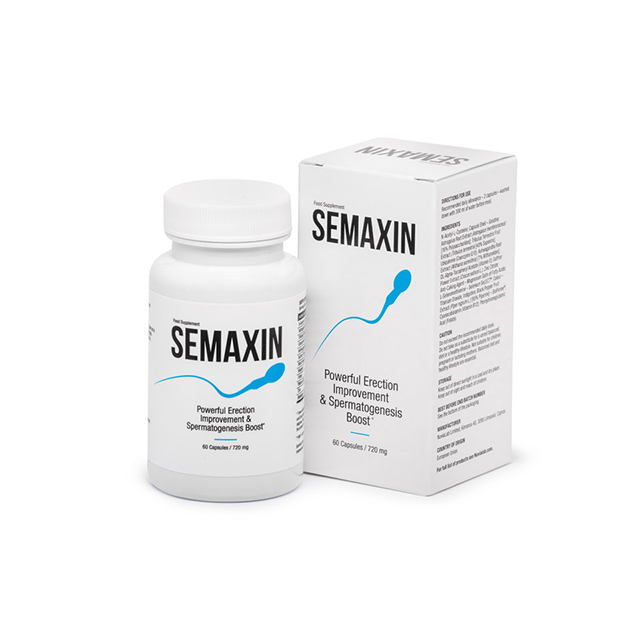Over the past ten years, foods and beverages have become sweeter, and this is a global issue.
image: credit to Askar Abaye
The evolutionary predilection of humans is for sweetness. Our ancestors used
sweet foods like fruit and honey as a major source
But in the current world, sweetened foods are widely accessible, incredibly affordable, and heavily advertised. We are consuming too much sugar in our foods and beverages, especially added sugar as opposed to naturally occurring sugar.
The health effects of consuming too much added sugar are negative. It has been connected to dental decay, type 2 diabetes, and obesity.
Manufacturers have been sweetening food with non-nutritive sweeteners as a result of these health issues. These sweeteners include both artificial sweeteners like aspartame and those derived from natural sources like stevia, and they all have a kilojoule content of zero to very little.
According to our study, which was just published, packaged foods and beverages now include far more added sugar and non-nutritive sweeteners than they did ten years ago.
This is particularly true in the Asia-Pacific region, which includes Australia, and in middle-income nations like China and Indi From sweets to snacks to We examined the amount of added sugar and non-nutritive sweeteners marketed in packaged foods and beverages from 2007 to 2019 using market sales data from around the world.
We found that nonnutritive sweetener consumption per person is currently 36% higher globally.
Foods in packages had 9% more sugar added.
Confectionery is most frequently sweetened with non-nutritive sweeteners. The fastest-growing food categories for these sweeteners include ice cream and sweet biscuits. Our packaged food supply is becoming sweeter overall due to the growing usage of more sugar and other sweeteners during the past ten years.
According to our data, added sugar use for beverage sweetening has increased internationally. However, a 50% increase in middle-income nations like China and India accounts for a major portion of this. High-income nations like Australia and the US have seen a decline in use
.
Men should limit their daily sugar intake to no more than nine teaspoons, while women should limit their intake to no more than six. But because sugar is added to so many foods and beverages, more than half of Australians consume more than the recommended amount each day—an average of 14 teaspoons.
The use of sweeteners rather than added sugar to sweeten beverages is particularly prevalent in carbonated soft drinks and bottled water. The World Health Organization is creating recommendations for the use of sugar substitutes.
both rich and poor nations
Richer and poorer nations use different amounts of added sugar and sweeteners. In high-income nations, the market for packaged food and drinks has reached saturation. Large food and beverage companies are moving into middle-income nations in order to keep growing.
Our research shows that there is a double standard in the sweetening of the food supply, with producers offering less sweet, "healthier" goods in richer nations.
Unanticipated effects of control
To lessen the health risks associated with high intakes of added sugar, many governments have taken action to restrict their use and consumption. Among these measures are sugar levies, awareness campaigns, restrictions on advertising, and labeling.
However, in order to avoid penalties or meet the preferences of a changing population, such efforts may drive producers to partially or entirely replace sugar with non-nutritive sweeteners.
According to our analysis, non-nutritive sweeteners were significantly more frequently sold as drink sweeteners in areas with a higher number of legislative initiatives to limit sugar consumption.
Why does this matter?
While the risks of consuming too much added sugar are well established, there are risks associated with relying on artificial sweeteners as a substitute. Recent analyses indicate that non-nutritive sweeteners may be associated with type 2 diabetes, heart disease, and disruption of the gut flora despite their lack of dietary energy.
Additionally, because non-nutritive sweeteners are sweet, consuming them affects our palates and makes us crave more sweet foods. Children, whose lifetime taste preferences are still emerging, should be especially concerned about this.
Additionally, some non-nutritive sweeteners are ineffective at removing environmental pollutants from wastewater.
Only ultra-processed foods contain non-nutritive sweeteners. These dishes are "hyper-palatable," industrially produced, and contain components you wouldn't find in a typical kitchen.
Ultra-processed food consumption is associated with increased risk of heart disease, type 2 diabetes, cancer, and death.
Additionally, because they consume a lot of resources like energy, water, packaging materials, and plastic trash, ultra-processed foods are bad for the environment.
Meals with sweeteners may gain a "health halo" if they don't include sugar, fooling consumers and maybe displacing wholesome, nutritious foods from the diet.
Put nutrition first
When creating legislation to promote public health nutrition, it is crucial to take unexpected consequences into account.
There is worth in promoting legislation that takes into account the bigger picture of food, such as its cultural significance, degree of processing, and effects on the environment. Such a program ought to encourage wholesome, little-processed foods.
The increasing sweetness of foods and beverages as well as the rising usage of added sugars and artificial sweeteners need to be properly watched. Future dietary preferences, human and planetary health, and taste preferences are all likely to be influenced by it.
Mark Lawrence, professor of public health nutrition at the Institute for Physical Activity and Nutrition, Deakin University, Cherie Russell, PhD candidate, Carley Grimes, senior lecturer in population nutrition, Phillip Baker, research fellow at the Institute for Physical Activity and Nutrition, Deakin University, and Rebecca Lindberg, postdoctoral research fellow at Deakin University.
A Creative Commons license has been used to republish this article from The Conversation. Check out the original article.
SemaxinMale Enhancement

Semaxin is a food supplement, the main aim of which is to support male fertility and potency. The product was created using 12 ingredients, which together contribute to maintaining a man's sexual functions. What is important, the application of the ingredients in the supplement has clinically proven actions. Click the link for more: https://nplink.net/emn9fu6d






Comments
Post a Comment